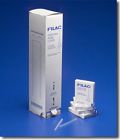
A thermometer is a common medical device that measures a person's body temperature. There are several different category designs of medical thermometers; liquid-filled, infrared, and digital/electronic, and they’re used in five different ways to measure temperature; under the tongue, under the armpit, rectally, in the ear, or non-contact (infrared).
Medical Thermometers are currently in high demand. Check our Covid-19 Response products list here for frequent updates on in-stock items.



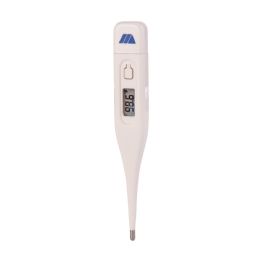


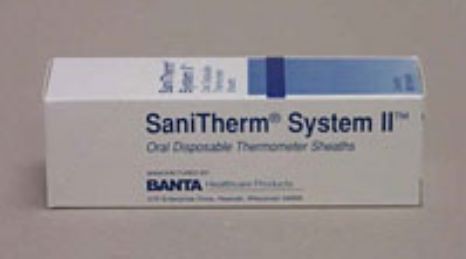

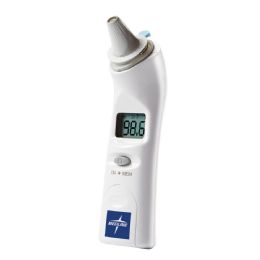
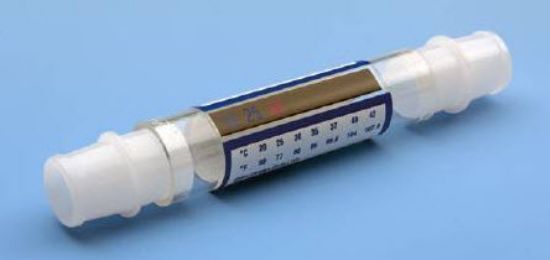
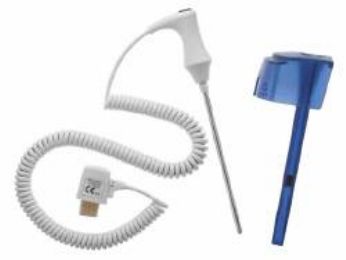
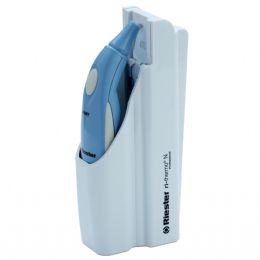

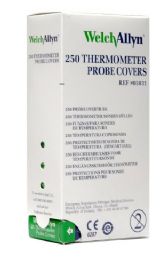
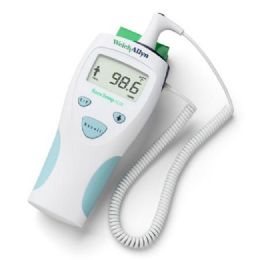

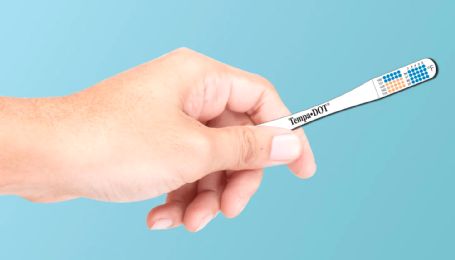
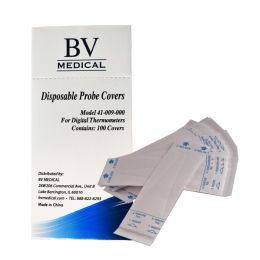
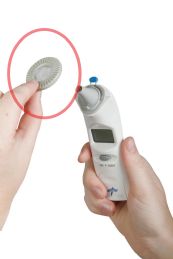

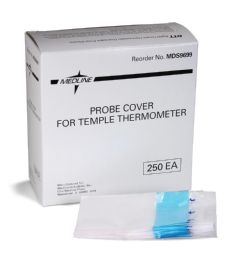
How do thermometers work?
The first thermometers consisted of a glass tube with lines etched into it to indicate degrees. These early thermometers were filled with mercury and sealed with a metal bulb. The bulb end was placed in the patient’s mouth, armpit or rectal cavity. As the patient’s body heat warmed the bulb, the mercury rose to the line that indicated the temperature. Some of these thermometers were difficult to read. They were disinfected between uses by storing them in alcohol, imparting an unpleasant taste for anyone using them orally. They ran the risk of breaking, leading to shattered glass and dangerous leaking mercury.
Today’s clinical thermometers are much safer. In many models, a thermopile detects the amount of heat given off by the patient’s body and then converts it to a digital readout. They may be one piece or they may consist of a probe connected to an LCD display. As with older thermometers, they are placed in the patient’s mouth, armpit or rectum to get a reading. Several models keep records of the patient’s temperature for clinician reference. Many of them use plastic sheaths to avoid direct contact with the patient, eliminating or reducing the need for disinfection with alcohol.
Two newer thermometer designs record the temperature by reading the blood flow in the vessels on the temple of the head or the ear drum. The readings are nearly instant as well as noninvasive, leading to a less stressful exam experience.
Some thermometer formats use liquid crystals or dots made from a mixture of chemicals that change color when exposed to heat to take the patient’s temperature. They may be used orally or placed on the patient’s forehead. This type may be used a set number of times before discardment, or may be single use.
The new models take less than two minutes to get a reading, and some thermometers can register the temperature in under ten seconds.
When are thermometers used?
Thermometers are used during medical exams to determine the presence or absence of a fever, and during treatment of hypothermia or frostbite as the patient’s body returns to a normal temperature.
They are used on patients of every age and with almost any condition when temperature checks are warranted.
Outside of medical facilities, thermometers are commonly utilized to check for elevated temperature indicating the early stages of illness. They may also be employed to investigate an individual’s basal metabolism as part of the diagnostic workup for thyroid issues. Women who monitor their daily temperature to track their ovulation patterns for family planning purposes use them as well.
Where are thermometers used?
As one of the most widely utilized medical devices, thermometers are appropriated in private residences, medical offices, long-term care facilities such as nursing homes, hospices, hospitals and rehabilitation centers.
Rehabmart is pleased to carry thermometers from highly regarded vendors such as Independence Medical, Medical Indicators, McKesson Medical-Surgical, Mabis, Medline and more.
Hulet Smith, OT
Rehabmart Co-Founder & CEO
fj